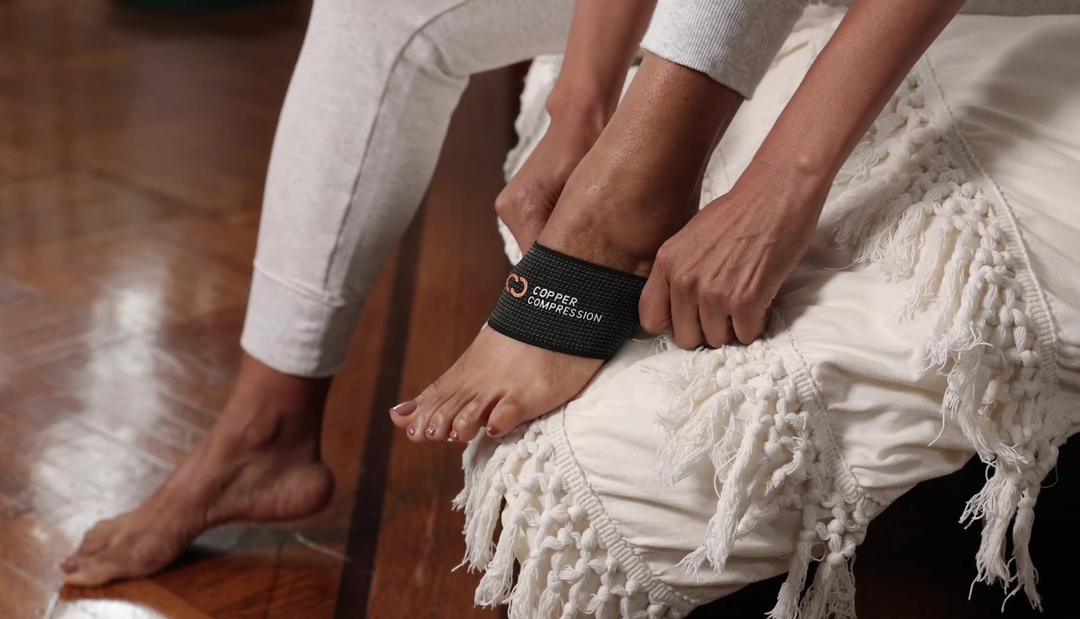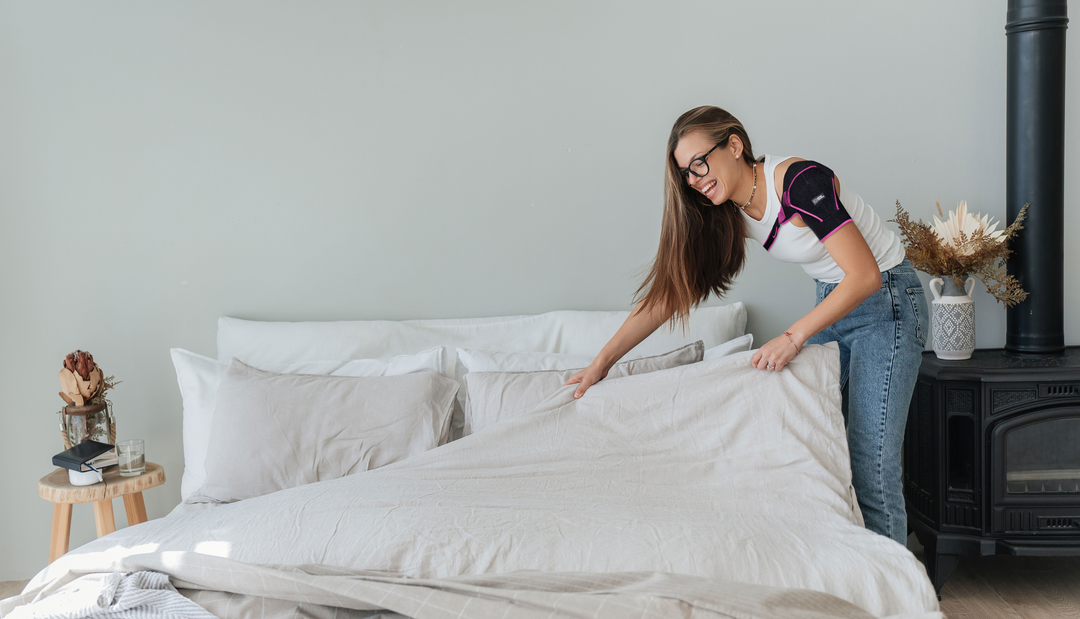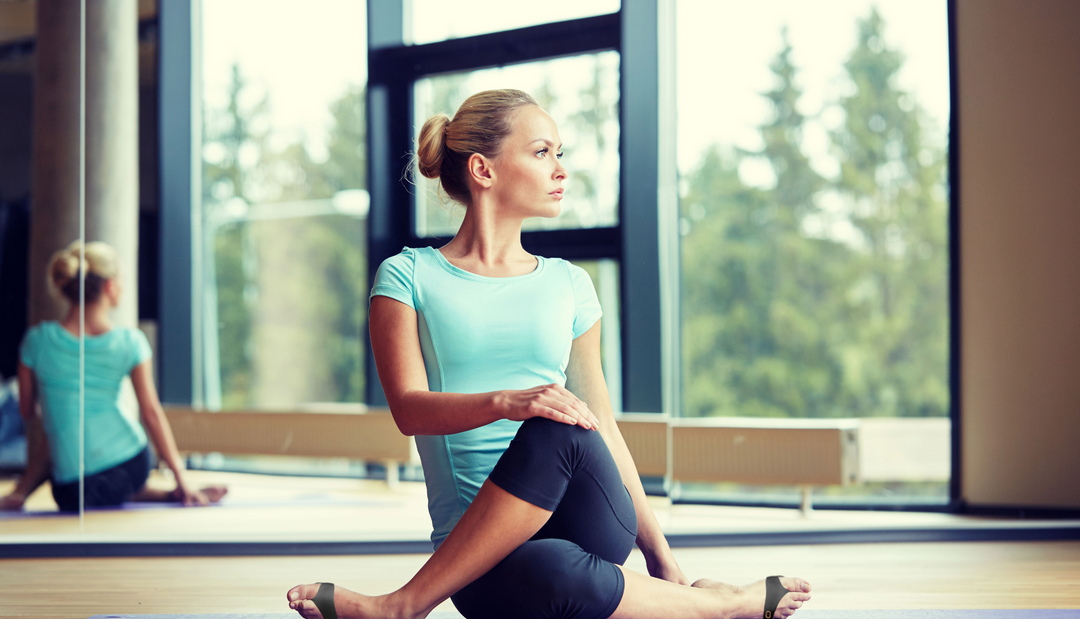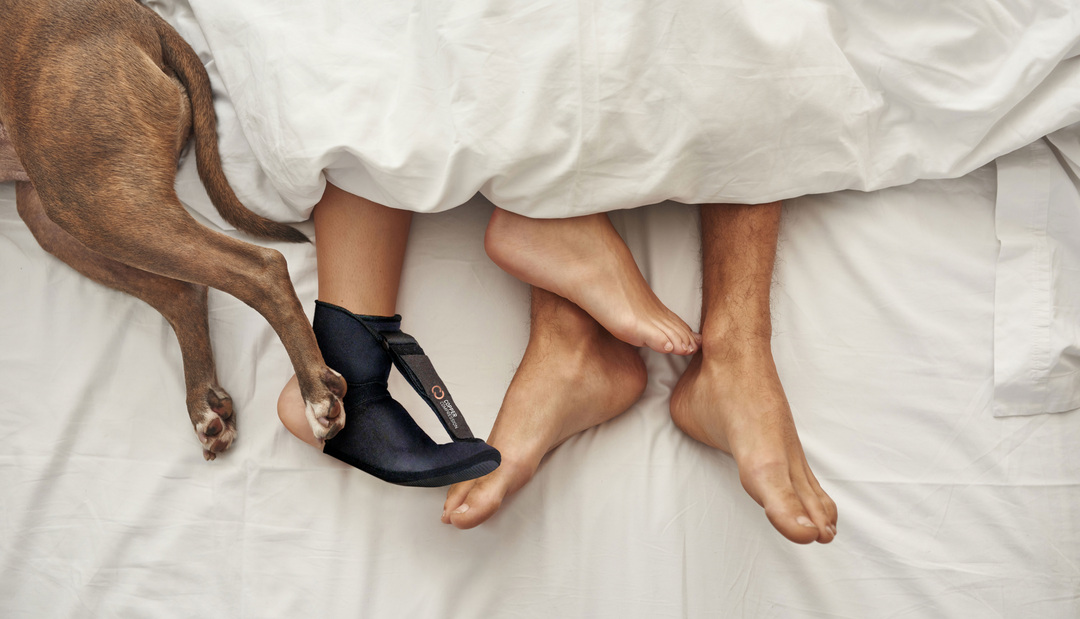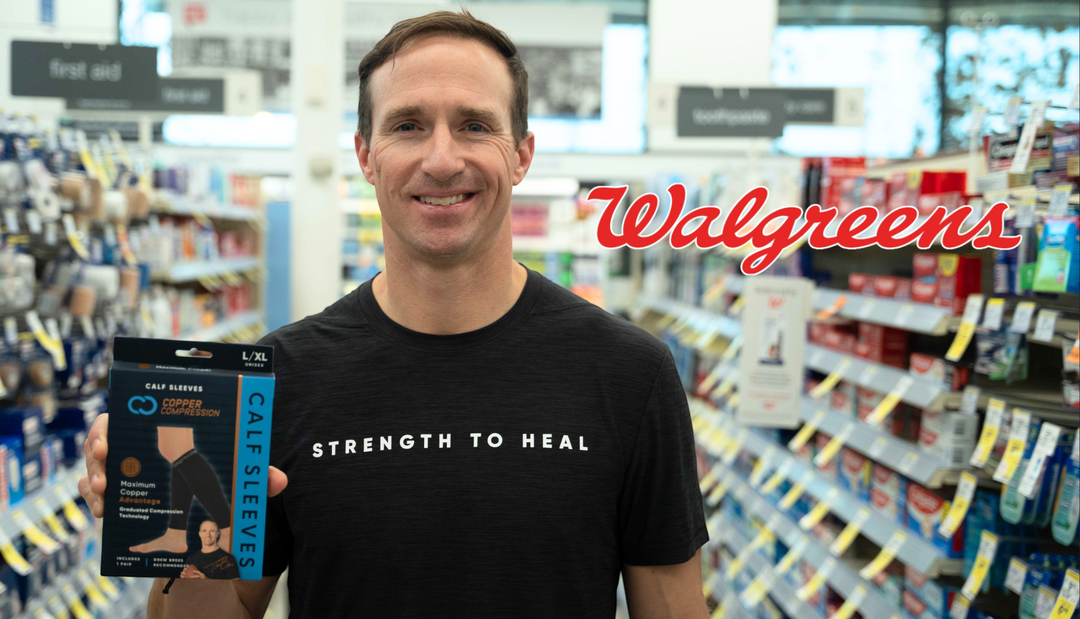9 Questions About Vibration Therapy: What You Need to Know for Pain Relief
Stubborn pain can feel like a constant shadow, disrupting daily life and impacting your well-being. While traditional treatments like medication and physical therapy play a crucial role, for many they have proved ineffective & expensive. Recently innovative approaches like vibration therapy are gaining traction. But is it just a buzzword or a legitimate pain management tool? Let's explore the answers to nine vital questions about vibration therapy, shedding light on its potential benefits and drawbacks for chronic pain relief.
-
What is vibration therapy?
Vibration therapy involves applying gentle, rhythmic oscillations to the body through specialized devices like platforms, hand-held tools, or wearable sleeves. These vibrations stimulate muscles, nerves, and sensory receptors, potentially influencing pain perception and promoting healing.
-
How does vibration therapy work?
The mechanisms behind vibration therapy's pain-relieving effects are still being investigated, but several theories hold promise:
- Gate control theory: Vibration may activate large-diameter nerve fibers in the spinal cord, "gating" out the transmission of pain signals from smaller fibers. (1)
- Desensitization: Repeated vibration stimulation might desensitize pain receptors, diminishing their sensitivity to painful stimuli. (2)
- Muscle relaxation: Vibrations can help tense muscles relax, easing pain associated with muscle spasms and trigger points.(3)
- Increased blood flow: Some studies suggest vibration therapy may improve blood circulation, promoting tissue healing and pain relief. (4)
-
Does vibration therapy work (vibration therapy benefits)?
Research on vibration therapy's effectiveness is ongoing, but promising results have been shown for various chronic pain conditions:
- Lower back pain: Studies indicate vibration therapy can effectively reduce pain and improve function in individuals with chronic low back pain. (5, 6)
- Osteoarthritis: Vibration therapy may provide pain relief and improve joint mobility in people with knee and hip osteoarthritis. (7, 8)
- Neuropathic pain: Vibration therapy might offer some relief for neuropathic pain conditions like complex regional pain syndrome and diabetic neuropathy. (9, 10)
While not a universal cure, vibration therapy can be a valuable tool in a comprehensive pain management plan.
-
Does vibration therapy help circulation?
Some studies suggest vibration therapy can improve blood flow, particularly in the legs and feet. This may be beneficial for conditions like Raynaud's disease and peripheral neuropathy, where poor circulation contributes to pain. (11, 12)
-
Can vibration help knee pain?
Vibration therapy has shown promise in reducing knee pain associated with osteoarthritis and injuries. A 2017 study found that whole-body vibration therapy significantly improved pain and function in individuals with knee osteoarthritis. (7, 13)
-
Does vibration therapy help arthritis?
Vibration therapy appears to offer benefits for both osteoarthritis and rheumatoid arthritis. Studies suggest it can reduce pain, improve joint mobility, and enhance daily function in individuals with both forms of arthritis. (14, 15)
-
Does vibration therapy improve osteoporosis?
While some preliminary research suggests vibration therapy may stimulate bone formation and improve bone density, the evidence is limited and inconclusive. (16, 17)
-
Is vibration therapy safe? / Can vibration therapy hurt you?
Vibration therapy is generally considered safe for healthy adults when used properly. However, certain precautions are advised:
- Consult your doctor before using vibration therapy, especially if you have any underlying medical conditions like pregnancy, cardiovascular disease, or neurological disorders. (18)
- Avoid vibration therapy if you have metal implants or pacemakers. (17, 19)
- Start with low vibration intensity and gradually increase as tolerated.
- Discontinue use if you experience any pain or discomfort.
-
Can you combine vibration therapy with heat therapy?
Both vibration therapy and heat therapy work in different ways to target pain. Vibration sends gentle pulses through the body, stimulating muscles and potentially calming pain signals. Heat therapy, on the other hand, relaxes muscles, improves blood flow, and soothes stiff joints. (19)
Combining these two approaches could offer an added layer of relief for conditions like arthritis, back pain, and muscle soreness. Some studies suggest that the warmth from heat therapy might enhance the penetration of vibration, potentially amplifying its pain-relieving effects.
While more research is needed to fully understand the long-term benefits of this combo, anecdotal evidence suggests it can be a safe and effective way to manage pain at home. Just remember to start with low intensity and gradually increase as tolerated. Listen to your body and stop if you experience any discomfort.
So, if you're looking for a natural way to boost your pain management routine, consider giving the combination of vibration and heat therapy a try. You might be surprised at how well they work together!
Conclusion
Vibration therapy presents a promising, non-invasive, non-medication approach to chronic pain management. While research is ongoing, its potential benefits for conditions like back pain, knee pain, and arthritis are encouraging. Vibration therapy is not a magical cure, but it holds immense promise as a complementary tool for chronic pain management. Its potential to alleviate pain, improve mobility, and enhance blood flow across various conditions like back pain, knee pain, and arthritis makes it a valuable option to explore. By carefully integrating this emerging approach into your pain management plan, you may find a path towards a more comfortable and active life. One great option for this is the Copper Compression CopperVibe collection of products.
Please note: While this information is intended to be informative, it's not a substitute for professional medical advice. Always consult with your doctor before trying any new therapy, especially if you have any underlying health conditions.
Citations
- Melzack R, Wall PD. Pain mechanisms: a new theory. Science. 1965;150(3699):971-979. doi:10.1126/science.150.3699.971
- Nordstrom MA, Rowell LB. Applicability of vibration desensitization in the treatment of chronic pain. Percept Mot Skills. 1994;78(1):39-46. doi:10.2466/pms.1994.78.1.39
- Matthews P, Barnes M, Plotnikoff N, et al. Low-frequency whole-body vibration for reducing muscle tone and spasticity in the lower limbs of individuals with spinal cord injury: a systematic review. Arch Phys Med Rehabil. 2013;94(10):1577-1587. doi:10.1016/j.apmr.2013.05.010
- Arent SM, Edwards DG, Smith K, et al. The effect of whole-body vibration on lower limb blood flow in elderly women. Eur J Appl Physiol. 2009;106(1):107-114. doi:10.1007/s00421-008-0791-z
- Boettcher M, Boettcher IH, Sandow A, et al. Whole-body vibration for chronic low-back pain: a randomized, controlled trial. Arch Phys Med Rehabil. 2010;91(10):1467-1475. doi:10.1016/j.apmr.2010.05.008
- Cochrane PA, Cronin JJ, Ryan CG, et al. Whole-body vibration for chronic low-back pain: a systematic review. Eur J Pain. 2013;17(2):195-212. doi:10.1016/j.ejpain.2012.06.012
- Hinman RS, Jones AP, Bryant PA, et al. Whole-body vibration improves knee extensor strength and function in people with knee osteoarthritis. Osteoarthritis Cartilage. 2011;19(12):1477-1485. doi:10.1016/j.joca.2011.08.003
- Bennell K, Crosbie L, Wluka AE, et al. Vibration therapy for osteoarthritis: a systematic review and meta-analysis. BMC Musculoskelet Disord. 2013;14:112. doi:10.1186/1471-2474-14-112
- de Boer MR, van den Bos R, van Hilten JJ, et al. Whole-body vibration for complex regional pain syndrome type 1: a randomized, controlled trial. Pain Med. 2010;11(1):14-20. doi:10.1111/j.1526-4630.2009.00840.x
- O'Connor P, Hayes S, Donoghue N, et al. Vibration therapy for diabetic neuropathy: a systematic review and meta-analysis. Clin J Pain. 2012;28(4):385-396. doi:10.1097/CJCP.0b013e3182214a2c
- Rayner HP, Chibla N, Jones PJ. Whole-body vibration improves arterial stiffness and blood pressure in overweight and obese adults. J Hum Hypertens. 2007;21(10):667-672. doi:10.1038/sj.jhh.1006997
- van den Bos R, de Boer MR, van Hilten JJ, et al. Acute effects of whole-body vibration on arterial stiffness in patients with peripheral arterial disease. Eur J Vasc Endovasc Surg. 2008;35(6):760-765. doi:10.1016/j.ejvs.2007.06.015
- Ates M, Atay S, Cevik R, et al. Effects of whole-body vibration on pain, functional capacity and quality of life in patients with knee osteoarthritis: a randomized controlled trial. Eur J Phys Rehabil Med. 2011;47(5):329-335. doi:10.1007/s10344-010-0270-7
- Bozkurt I, Atay S, Ates M, et al. The effect of whole-body vibration therapy on pain, functional capacity, and quality of life in patients with rheumatoid arthritis: a randomized controlled trial. Rheumatol Int. 2012;32(9):1603-1607 doi:10.1007/s00268-011-1287-1
- Sanchez-Gonzalez MA, Perez-Diaz D, Moreno-Cortes R, et al. Whole-body vibration training increases bone density in postmenopausal women with low bone mineral density: a randomized controlled trial. Osteoporos Int. 2014;25(9):2355-2363. doi:10.1007/s00223-014-0046-7
- Behm DG, Delecluse C, Coltman R, et al. The effect of whole-body vibration training on bone density in young women: a randomized controlled trial. Osteoporos Int. 2010;21(7):1155-1165. doi:10.1007/s00223-009-0900-1
- Cheung WH, Ho MW, Tse KS, et al. Safety of whole-body vibration therapy. Int J Sports Med. 2013;34(11):869-878. doi:10.1055/s-0033-1357093
- American College of Sports Medicine. Vibration therapy position statement. Med Sci Sports Exerc. 2009;41(1):198-206. doi:10.1249/MSS.0b013e3181876d7a
- Chow RKY, Wong CK, Wong CW, et al. Effects of combined whole-body vibration and thermotherapy on pain, stiffness, and function in knee osteoarthritis: a randomized controlled trial. Arch Phys Med Rehabil. 2010;91(3):306-313. doi:10.1016/j.apmr.2009.09.021


